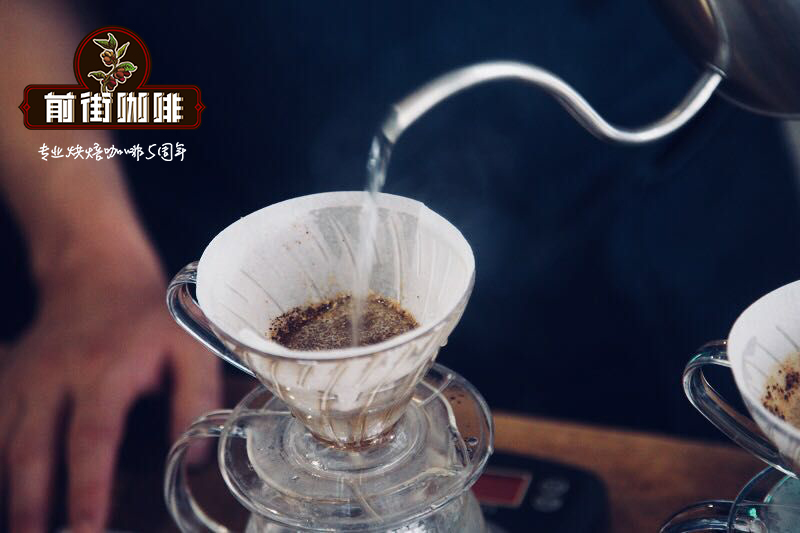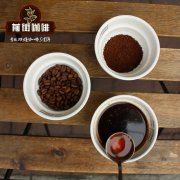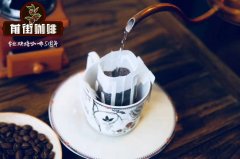Ecuador Coffee | introduction to Galapagos USDA Organic Coffee

Name of farm: Hacienda El Cafetal-San Cristabal
Variety: Galapagos bourbon
Grade: organic
Producing area: Galapagos Island, west of Ecuador
Altitude: 450 ~ 1200m
Particle size: more than 16 mesh
Refining method: washing treatment method
Reference flavor: flower fragrance, sugarcane, brown sugar
About 1000Km from Ecuador in South America, the islands directly below the equator in the Pacific Ocean are also the islands of the famous GALAPAGOS penguins. This is the island of GALAPAGOS in Ecuador. The coffee produced here is rarely known.
The island is recognized by the United Nations Educational, Scientific and Cultural Organization (USECO) as a natural park, and the law stipulates that no chemical fertilizers can be used here, so it is also recognized by the OCIA of the United States as the place where organic coffee is produced. The place where coffee is grown is an island called SAN CRISTOBAL, which is about 800m high. It is covered with thick fog and is covered with dense plants. The water gushing from the central crater forms an El Junko lake, and coffee is grown in this perfect natural ecology.
Bourbon seeds were brought into the area by Don Manual J Gobos in 1875 and began to be planted. At first, the planting area was only 200ha. At present, the planting area is only about 400 ha. SANCRISTOBAL's total annual production is only 1150 bags (45 kilograms each). The correct name of the farm is Hacienda El Cafetal San Cristabal.
Because the island is recognized by the United Nations Educational, Scientific and Cultural Organization (USECO) as a natural park, and the law stipulates that no chemical fertilizers can be used here, it is also recognized by the OCIA of the United States as the production place of organic coffee.
Important Notice :
前街咖啡 FrontStreet Coffee has moved to new addredd:
FrontStreet Coffee Address: 315,Donghua East Road,GuangZhou
Tel:020 38364473
- Prev

Introduction to the flavor characteristics of sunbathing Kaduai at Morito Manor in the Hapala region of Guatemala
Producing area: Morito Manor, Guatemala, altitude: 2000 meters above sea level. Variety: Kaduai treatment: sun flavor: with slightly fermented wine aroma, acidity of berries, layered. A middle-class body. Morito Manor in the Hapala region has been a well-known winning estate in Guatemala's COE for many years, falling at 1370-2040m with an average temperature of 7 ℃-25 ℃.
- Next

There is also bourbon coffee in Yunnan. Introduction to the flavor of yellow bourbon coffee in Gaoligong Mountain.
Yunnan Gaoligong Mountain High altitude Yellow bourbon Origin: Yunnan Gaoligong Mountain altitude: 1560m varieties: yellow bourbon treatment method: sun flavor: caramel sweet, balanced taste, smooth entrance, citrus acid, chocolate and almond sweet. Gaoligong Mountain is the westernmost mountain in the Hengduan Mountains, which is higher and wider than Yunling and Nushan.
Related
- Detailed explanation of Jadeite planting Land in Panamanian Jadeite Manor introduction to the grading system of Jadeite competitive bidding, Red bid, Green bid and Rose Summer
- Story of Coffee planting in Brenka region of Costa Rica Stonehenge Manor anaerobic heavy honey treatment of flavor mouth
- What's on the barrel of Blue Mountain Coffee beans?
- Can American coffee also pull flowers? How to use hot American style to pull out a good-looking pattern?
- Can you make a cold extract with coffee beans? What is the right proportion for cold-extracted coffee formula?
- Indonesian PWN Gold Mandrine Coffee Origin Features Flavor How to Chong? Mandolin coffee is American.
- A brief introduction to the flavor characteristics of Brazilian yellow bourbon coffee beans
- What is the effect of different water quality on the flavor of cold-extracted coffee? What kind of water is best for brewing coffee?
- Why do you think of Rose Summer whenever you mention Panamanian coffee?
- Introduction to the characteristics of authentic blue mountain coffee bean producing areas? What is the CIB Coffee Authority in Jamaica?

